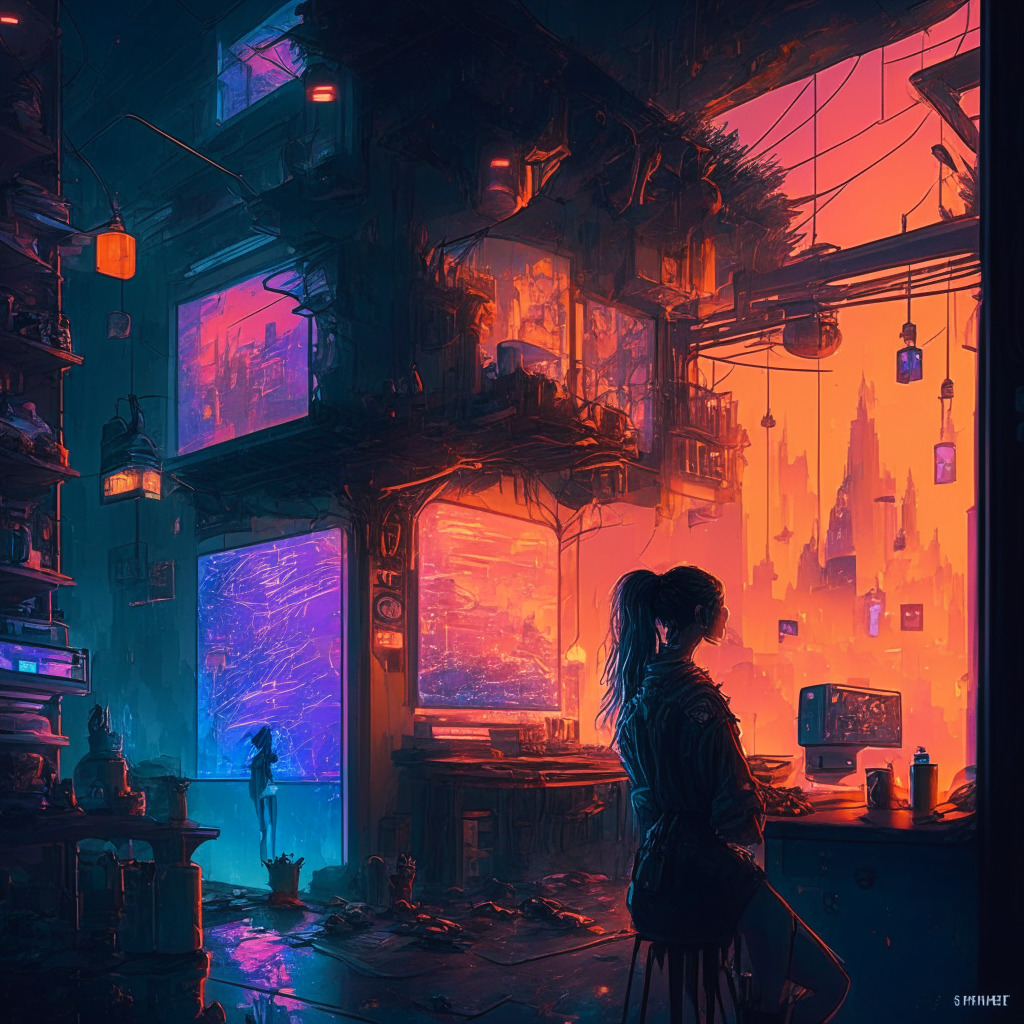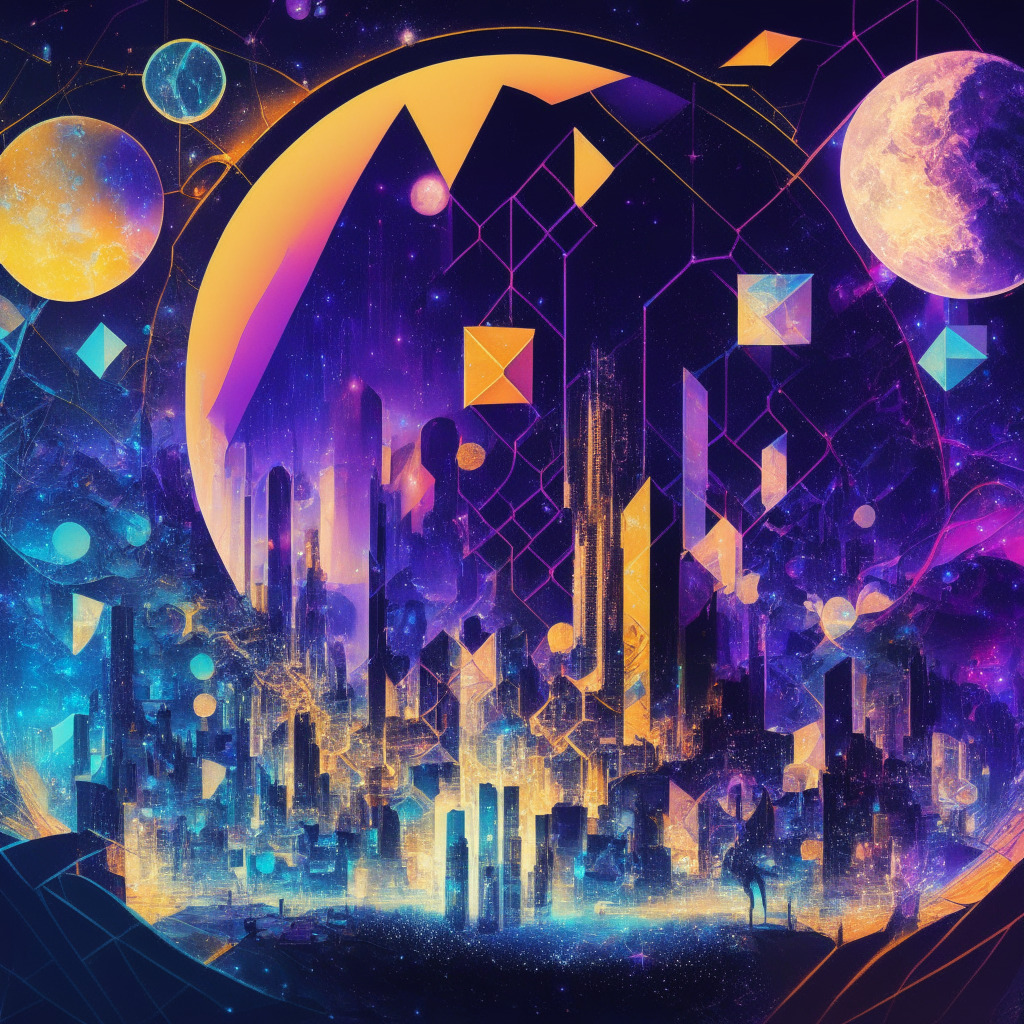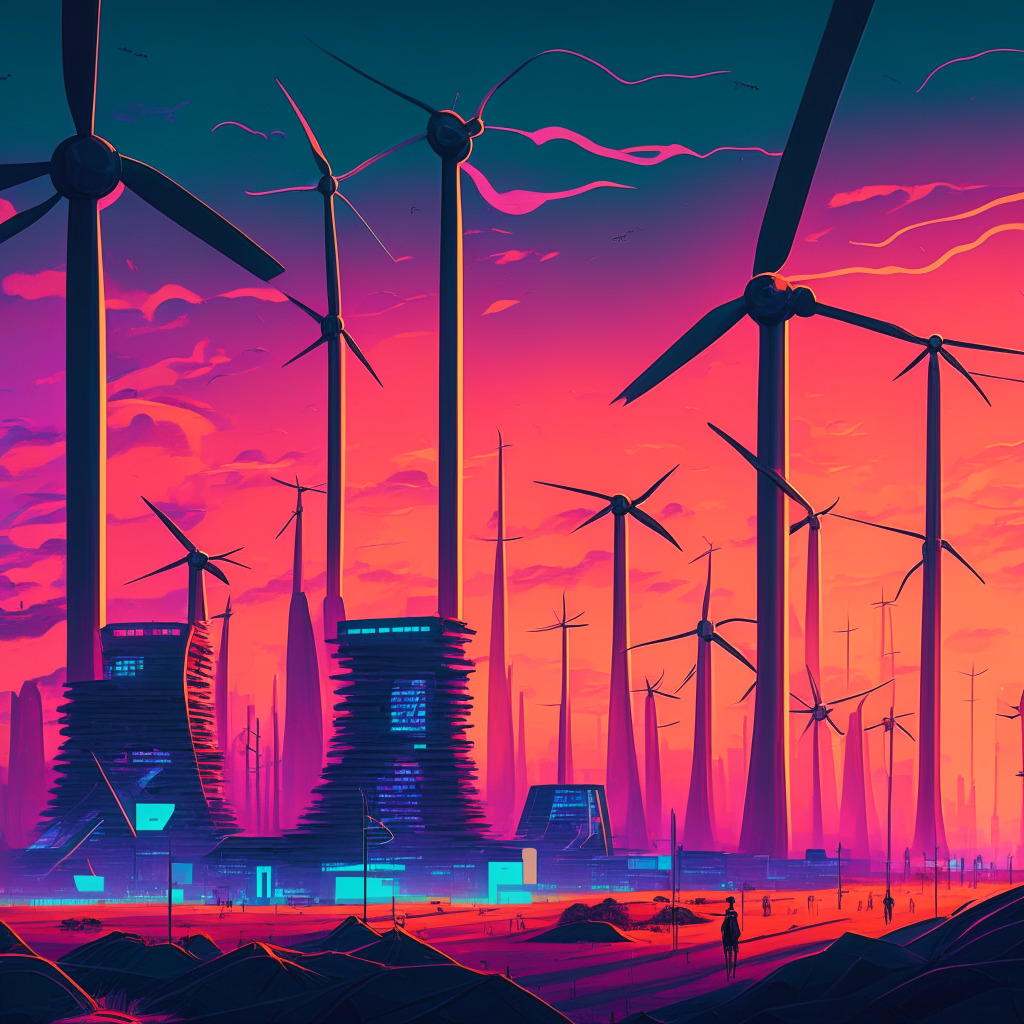They call them “collectibles” for a reason. People like to accumulate items such as Louis Vuitton bags, Funko Pops, Bored Apes, and CryptoPunks. These collectibles can fetch huge sums of money depending on market demand and often hold sentimental value for their owners.
However, the majority of NFT collectibles have no actual purpose or utility. They do not provide special access to anything or solve real problems. So why do Web3 game developers spend significant amounts of time, energy, and money trying to find use cases for NFTs? Do they really need one?
The simple answer is that people just like to collect them. Web3 game builders should focus on creating games, characters, and intellectual property that people love, and mint NFTs based on those, instead of trying to invent dubious technical use cases for NFTs.
Many argue that NFTs serve at least one crucial purpose: they enable ownership, trading, and monetization of digital creations such as artwork, music, videos, and virtual real estate. They provide verifiable proof of ownership and authenticity, allowing people to own physical or digital items.
However, when it comes to gaming, assigning technical use cases to NFTs often creates more friction than it removes. In fact, many of these functions can be improved without involving blockchain technology. Most players are not interested in new ways to use NFTs unless they directly enhance gameplay or deliver other value.
The value of NFTs, both inside and outside the gaming world, is derived from what they represent: an association with a particular artist’s work, piece of physical or digital real estate, or a popular brand. Instead of investing time and money into creating NFTs for interoperability and access, why not use those funds to collaborate with well-known artists in the space to create something rare and unique?
The focus should be on boosting the reputation of the brand, making the NFTs irresistible to people who appreciate what the company produces. The strategy here is brand building, not utility building.
To summarize, companies should concentrate on figuring out what digital assets people are interested in owning, why that is the case, and how to create more of them. The focus should be on meeting players’ demands for collectibles and delivering what they want without allowing technology to cause unnecessary complications.
Corey Wilton is the co-founder and CEO of Mirai Labs, a leading international Web3 gaming studio headquartered in Vietnam. Mirai Labs’ first release, Pegaxy, was recognized as the second-most popular crypto project in the Philippines in 2022.
Source: Blockworks




